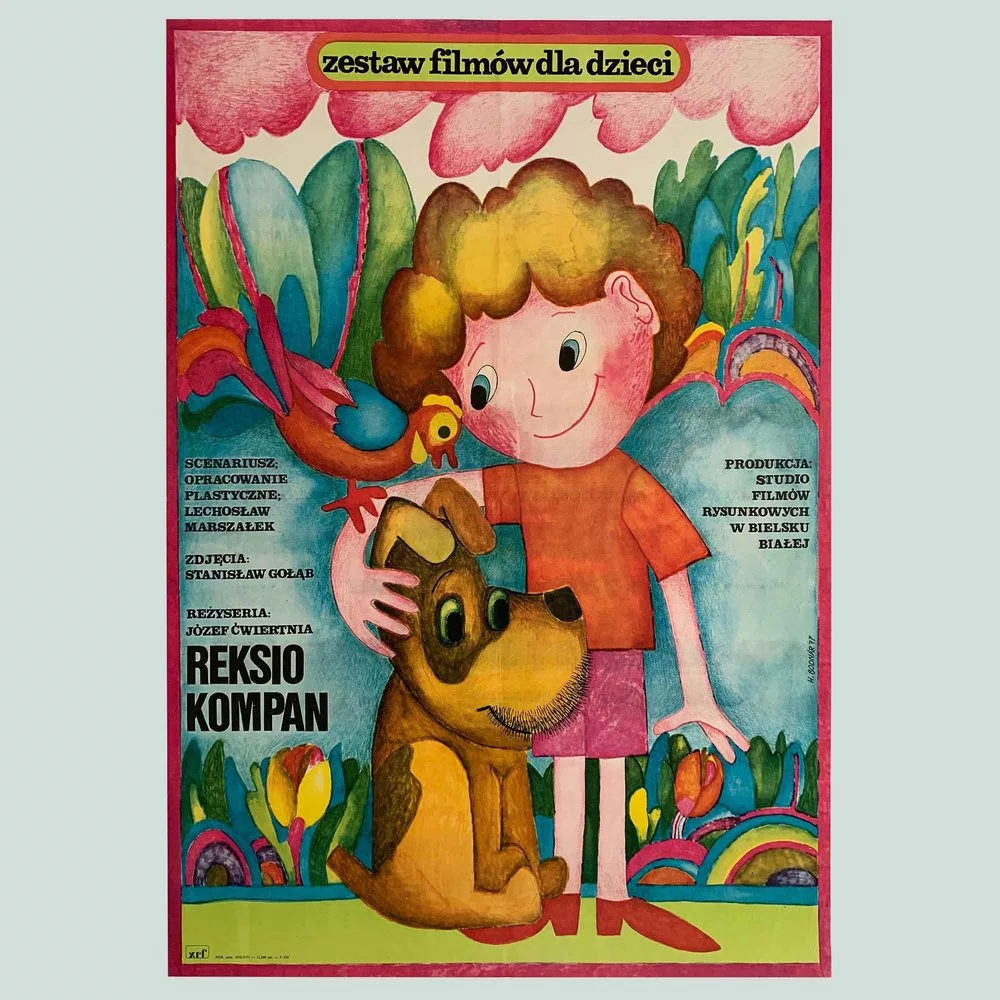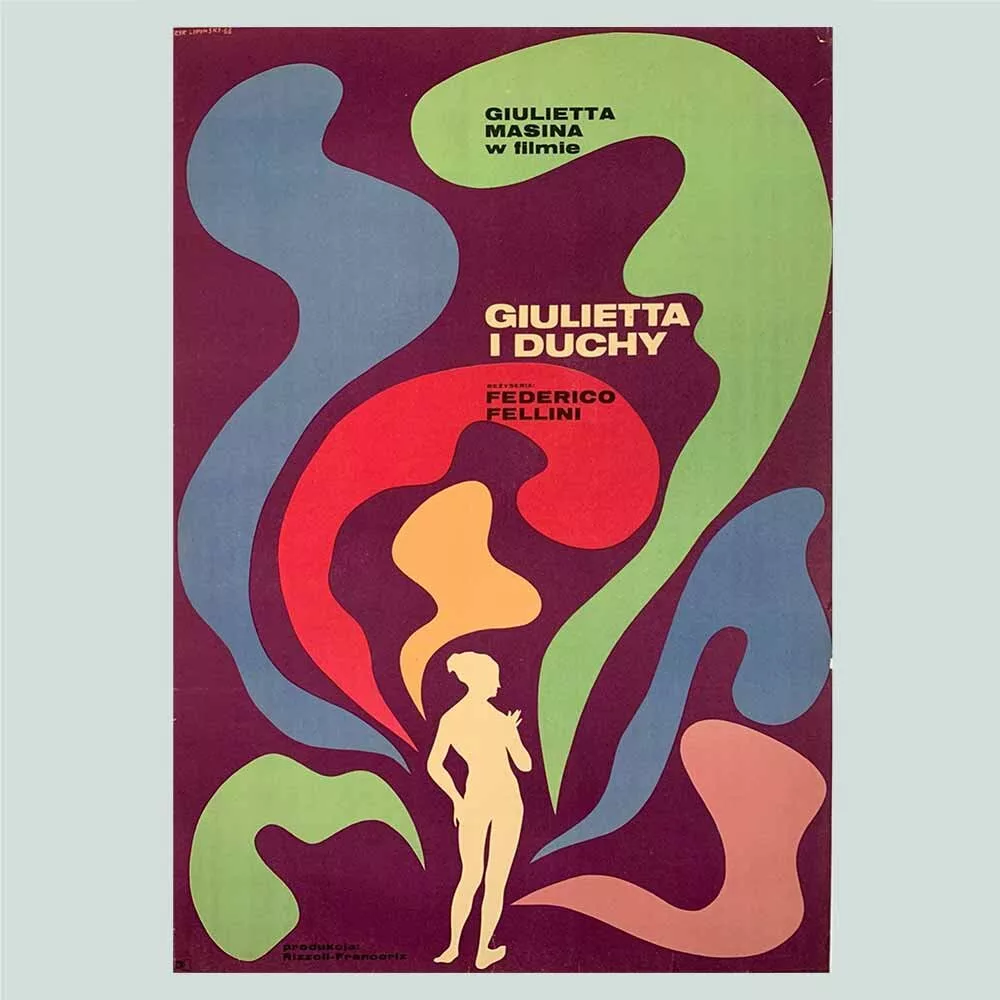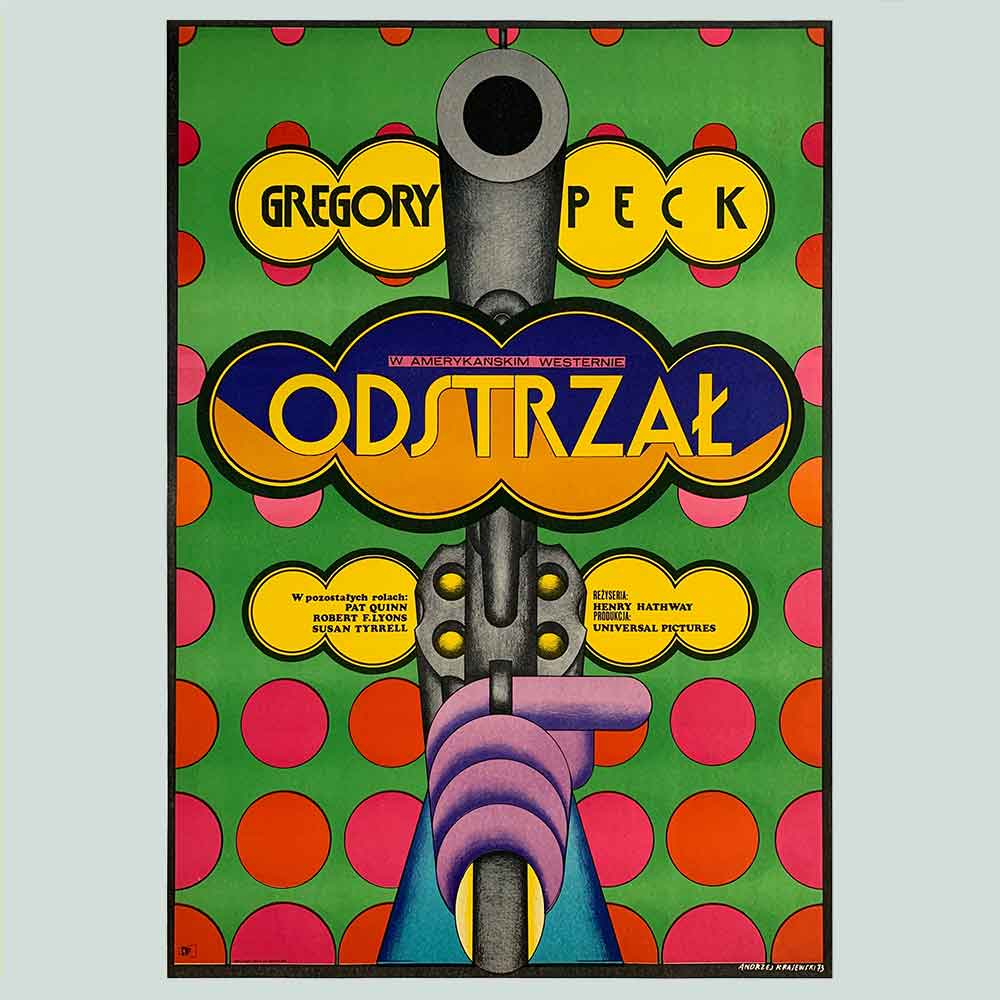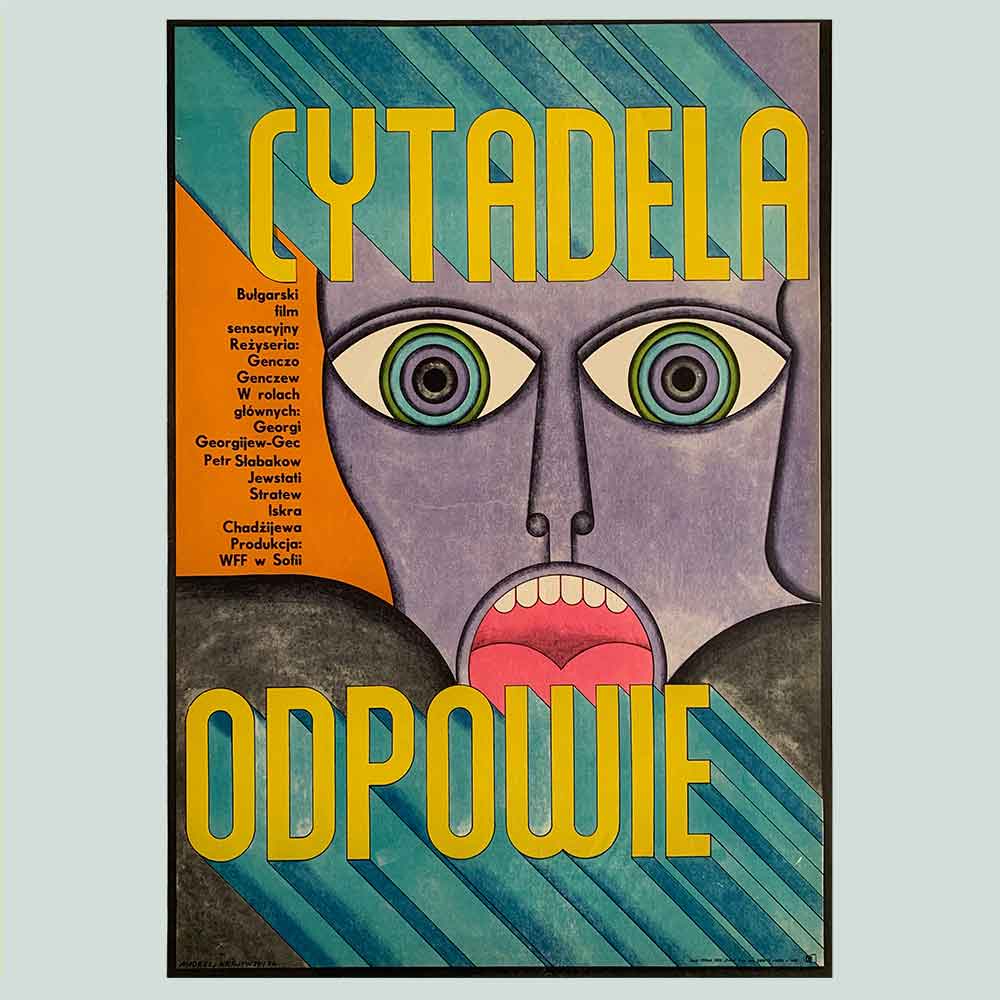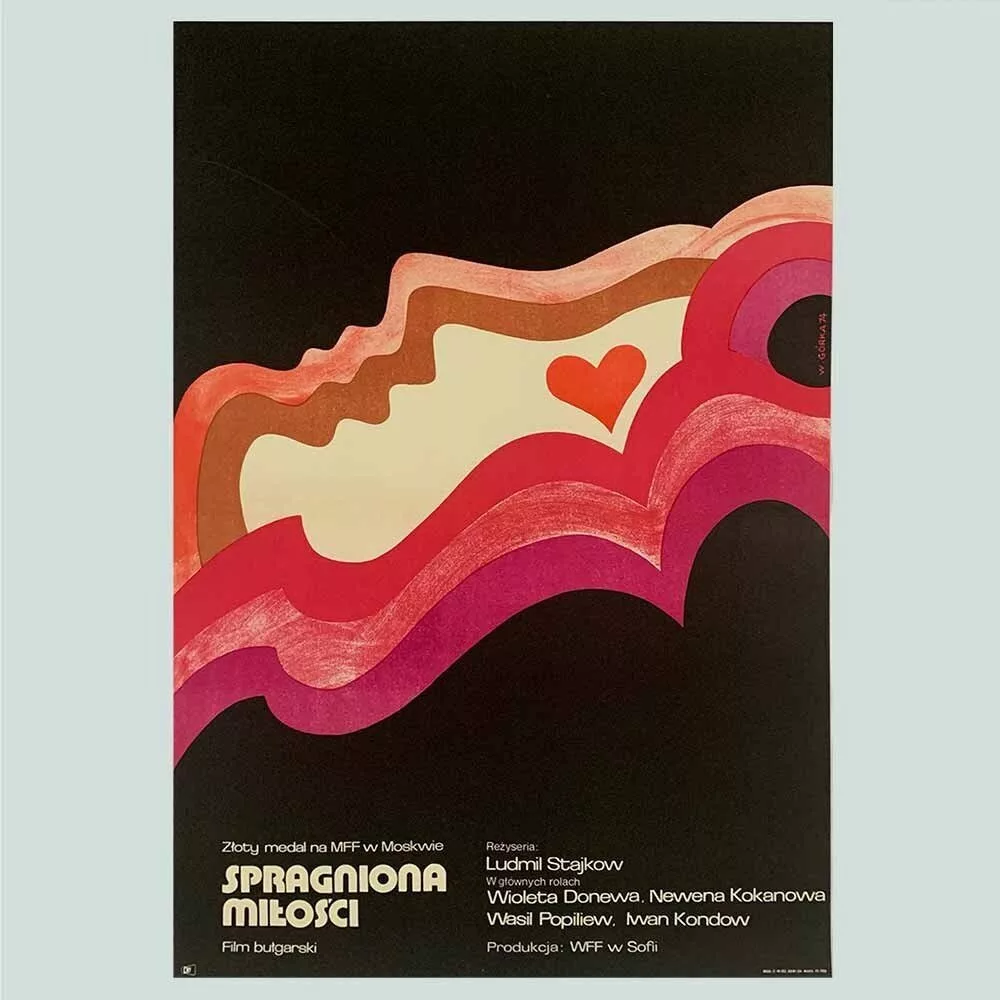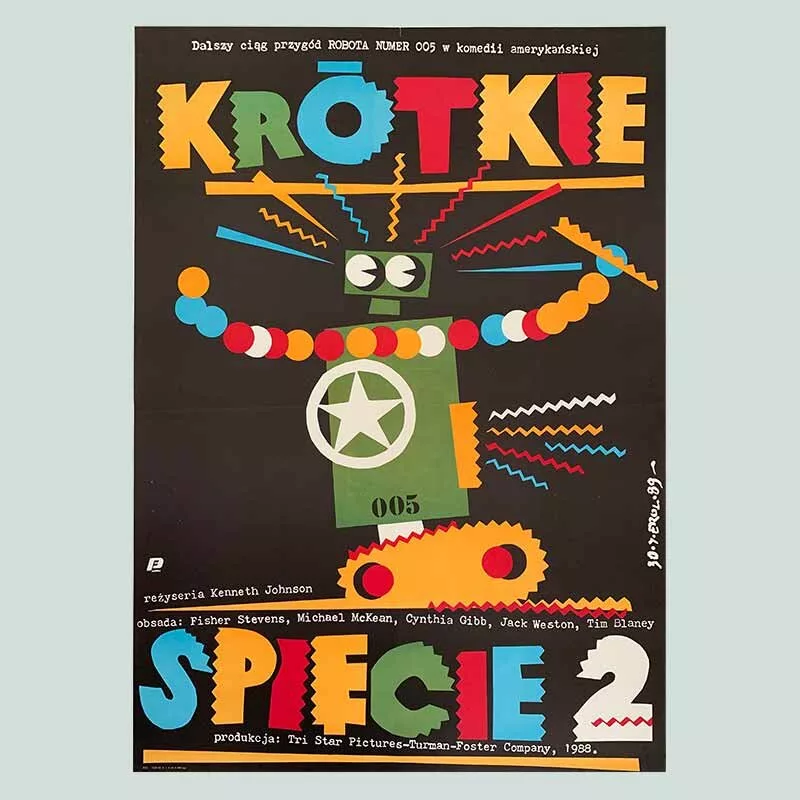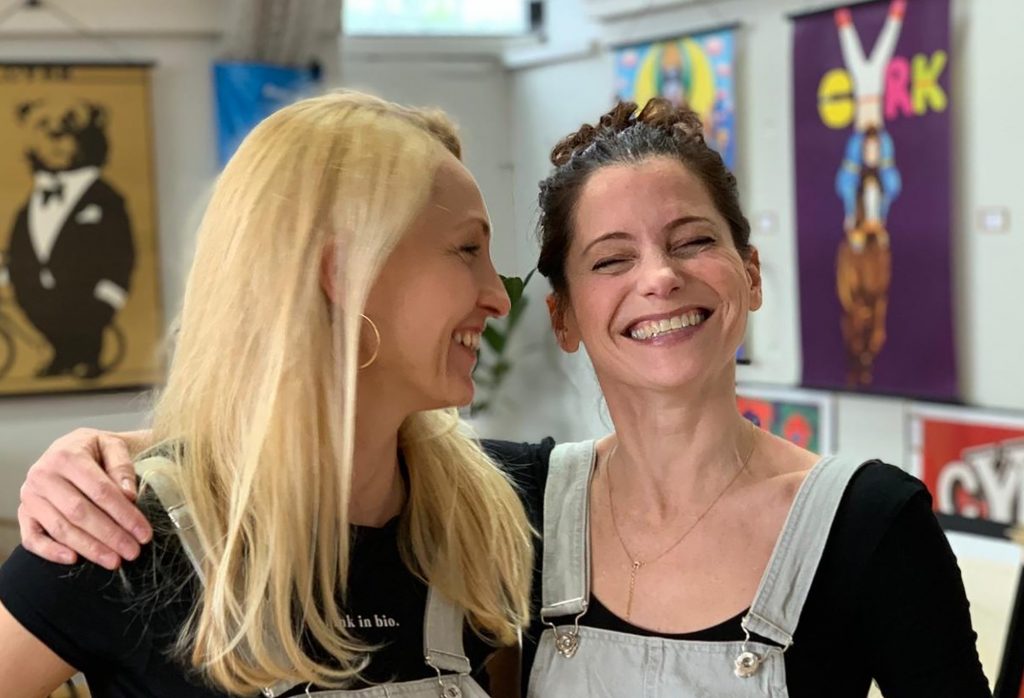
Share:
We met when our eldest kids started school as they were in the same class. We both liked the look of each other but didn’t really get to know each other properly until we started Projekt 26. It all happened over a cup of tea – back in 2018 – when we got chatting about the two vintage Polish cyrk (circus) posters Syiwia had on her wall. Ironically Sylwia only discovered Polish posters whilst shopping at a vintage fair here in the UK about 10 years earlier. Harriet had always loved midcentury design and had just finished retraining as a graphic designer, after a career in TV development, and fell in love instantly with their bold graphics and lithographic printing. As soon as we started researching the history behind the posters we realised how special they were. And we also realised there was nobody in the UK who specialised in them. We made it our mission to champion the Polish School of Poster artists and this incredible but little known art movement. And so… Projekt 26 was born.
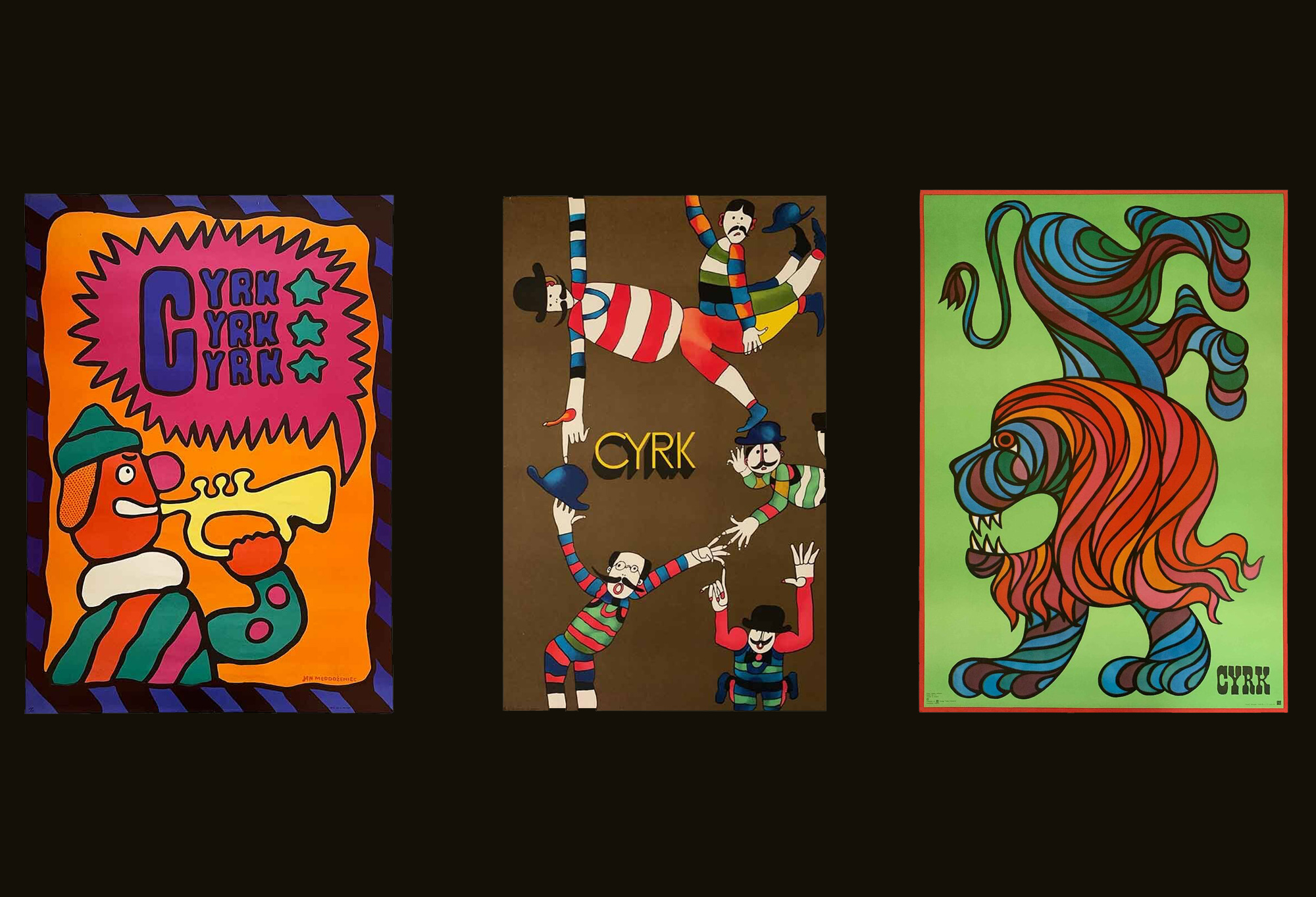
It’s always impossible to name just one! We have so many we love and just when we think we have a favourite we discover something new which also steals our hearts. A few of the current favourites we have hanging on our own walls are: Sylwia’s small B2 cyrk poster by Jerzy Srokowski and Solaris by Andrzej Bertrandt, Harriet’s pair of Krajewskis in the kitchen (Heroina and Niebezpieczna Siostrzenica) and a Cepelia poster by Jan Mlodozeniec. We also have a drawer bursting with posters we’ve hidden away and can’t bear to sell! One day we would absolutely LOVE to own an original 1971 Jazz Jamboree poster by Henryk Tomaszewski.
We have become massive hoarders of vintage Polish art and design magazines like Projekt and Polska which include some wonderful interviews and features on posters and artists. The Polish cultural website www.Culture.pl also has some brilliant articles. Some of our favourite books are: Ach Plakat Filmowy by Dorota Januszewska, Western Amerykanski – Polish Poster Art & the Western edited by Kevin Mulroy, Plakaty – Posters from the Poster Museum at Wilanow edited by Maria Kurpik, Agata Szydlowska, 77 Posters by Ewa Reeves and Nigel Arthur, The Art of Polish Poster by Dorota Januszewska.
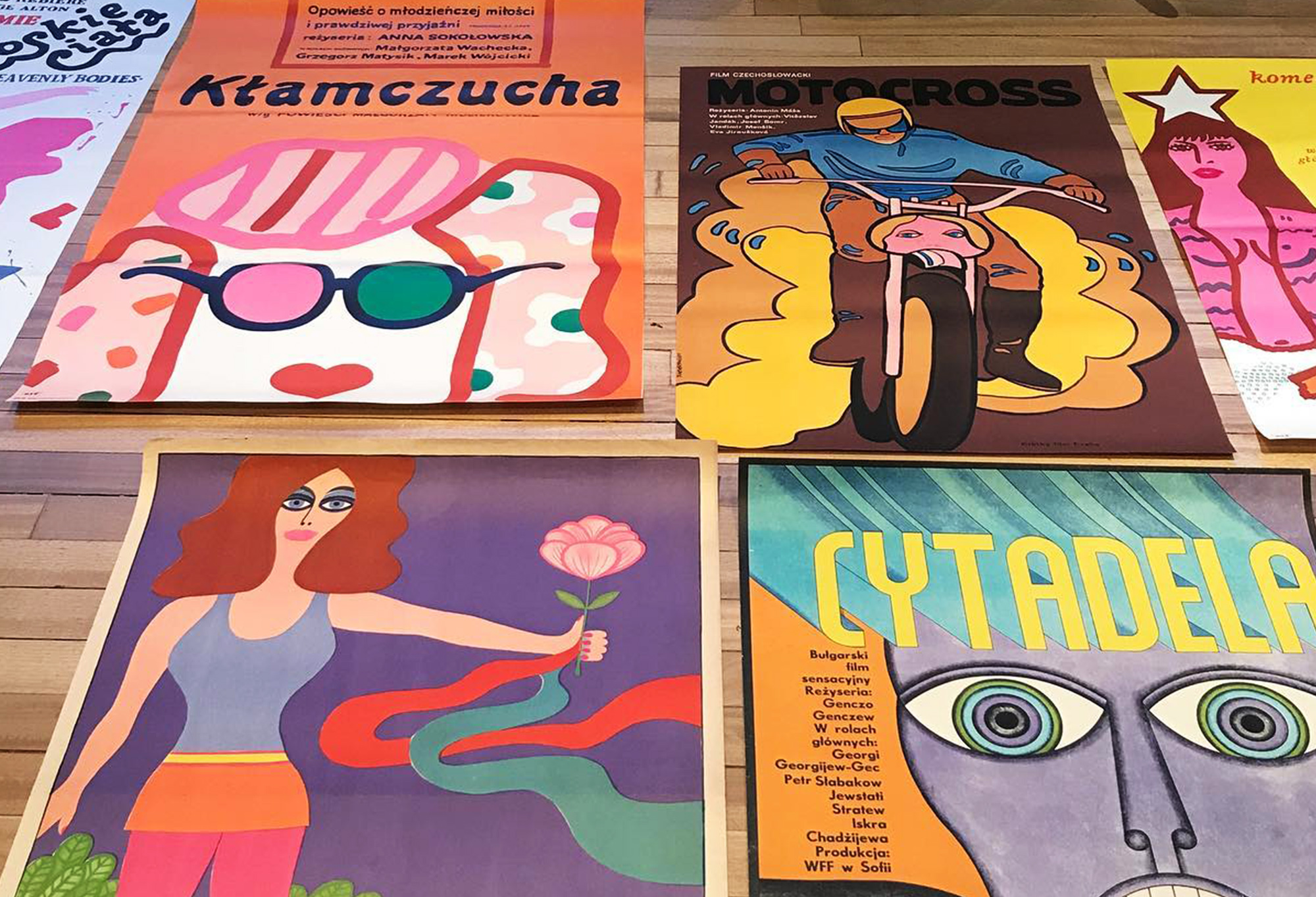
The Polish School of Posters is the term used to describe the art movement which emerged during the years when Poland (the Polish People’s Republic) was under strict Communist rule following the Second World War.
It was a unique moment in design history; despite working during decades of great repression and hardship Polish poster artists enjoyed far more creative freedom than their commercially driven contemporaries. Hidden behind the iron curtain sprang an explosion of creativity, which charged the course of modern graphic design. The artists broke all graphic design conventions with their bold and highly expressive interpretive style.
This was thanks to one of the founding fathers of the Polish School of Posters – Henryk Tomaszewski – who had struck a deal with the Ministry of Arts and Culture that he and other artists would design their posters – as long as they had complete freedom of interpretation and expression. The Ministry of Arts and Culture agreed. All they asked in return was that the artists didn’t conform to ideals from the ‘bourgois’ West. As Tomaszewski said ‘we didn’t do it the way they did it in the West, but also we didn’t want to’.
As posters were one of the few legitimate means of artistic expression, successive generations of Polish artists and graphic designers focussed their talents on this one specialist medium. They designed posters for a wide variety of State owned cultural output including: films (Polish and foreign) shown in Polish cinemas, theatre productions, opera, cultural exhibitions and events and the State Circus (cyrk).

We have so many plans!!! We are back with a second outing of Projekt Mkt – our vintage poster market – in November. This time we’re taking it to East London at MKII in Clapton. We are talking to various gallery owners about potential pop-ups and definitely have plans to put on our own dedicated Polish poster exhibition in the near future too. We are also in the early stages of working on a book – so watch this space!
We love nothing more than sharing our love of Polish posters with others, so anybody who’d like to know more is always welcome to get in touch.
